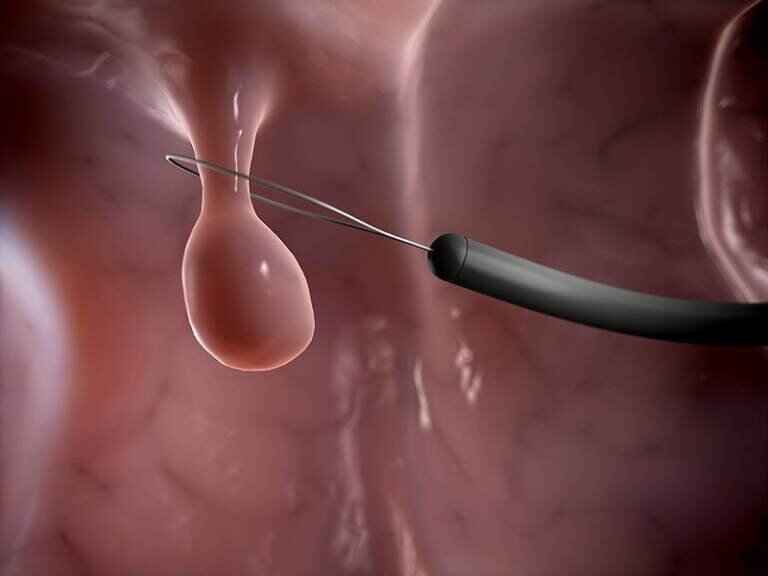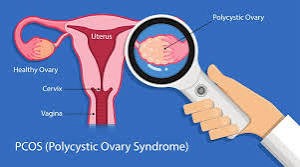Introduction: Polypectomy is a medical procedure designed to remove polyps from various parts of the body. Polyps are abnormal growths that can develop on the lining of organs or mucous membranes. While they are often benign, some polyps can become cancerous over time. In this blog post, we will delve into the specifics of polypectomy, exploring its purpose, the procedure itself, and its relevance in the field of gynecology. For expert insights on polypectomy and gynecological health, we turn to Dr. Aneeta Talwar, renowned as the Best Gynaecologist in Bangalore.
Understanding Polyps: Before delving into the details of polypectomy, it’s crucial to understand what polyps are and how they can impact health. Polyps are abnormal tissue growths that can develop in various parts of the body, including the uterus, colon, nose, and more. In the context of gynecology, uterine polyps are a common concern.
Uterine polyps are growths that form on the inner lining of the uterus (endometrium). They are usually non-cancerous but can cause symptoms such as irregular menstrual bleeding, heavy periods, and fertility issues. In cases where polyps are cancerous, prompt diagnosis and treatment are essential.
Indications for Polypectomy: Polypectomy is recommended in various situations, including:
1) Symptomatic Uterine Polyps:
- Irregular menstrual bleeding
- Heavy menstrual bleeding
- Postmenopausal bleeding
2) Infertility Issues:
- Uterine polyps can interfere with implantation, leading to fertility challenges
3) Diagnostic Purposes:
- To investigate the nature of a uterine polyp and rule out malignancy.
The Polypectomy Procedure: Polypectomy is a minimally invasive procedure, often performed on an outpatient basis. The steps involved in the procedure include:
1) Preparation:
- The patient may be advised to fast for a certain period before the procedure.
- Anesthesia options, such as local or general anesthesia, will be discussed.
2) Instrument Insertion:
- A hysteroscope (a thin tube with a light and camera) is inserted through the cervix into the uterus.
3) Visualization:
- The hysteroscope allows the gynecologist to visualize the uterine cavity and identify the location and size of the polyps.
4) Polyp Removal:
- Specialized instruments are used to cut or shave off the polyps from the uterine lining.
5) Tissue Examination:
- Removed polyps are sent for pathological examination to determine their nature.
Recovery and Follow-up: After a polypectomy, patients typically experience minimal discomfort and can resume normal activities within a few days. Dr. Aneeta Talwar emphasizes the importance of following postoperative instructions and attending scheduled follow-up appointments to monitor recovery and address any concerns.
Expert Insights from Dr. Aneeta Talwar: As the Best Gynaecologist in Bangalore, Dr. Aneeta Talwar brings her expertise to the field of gynecological health. She emphasizes the significance of early detection and intervention for uterine polyps. According to Dr. Aneeta Talwar, “Polypectomy is a safe and effective procedure that can significantly improve the quality of life for women experiencing symptoms related to uterine polyps. Regular check-ups and open communication with your healthcare provider are key in maintaining gynecological health.”
Conclusion: Polypectomy is a valuable medical procedure that plays a crucial role in addressing uterine polyps and associated symptoms. As with any medical intervention, it is essential to consult with a qualified healthcare professional. For individuals in Bangalore seeking expert guidance on gynecological issues, Dr. Aneeta Talwar stands out as a trusted and experienced practitioner, dedicated to women’s health and well-being.






